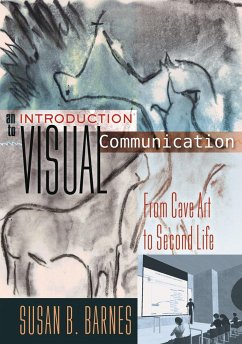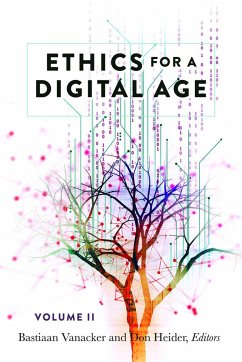
An Introduction to Visual Communication
From Cave Art to Second Life (2nd edition)
Versandkostenfrei!
Versandfertig in 6-10 Tagen
60,15 €
inkl. MwSt.
Weitere Ausgaben:

PAYBACK Punkte
0 °P sammeln!
Technological changes have radically altered the ways in which people use visual images. Since the invention of photography, imagery has increasingly been used for entertainment, journalism, information, medical diagnostics, instruction, branding and communication. These functions move the image beyond aesthetic issues associated with art and into the realm of communication studies.This introductory textbook introduces students to the terminology of visual literacy, methods for analyzing visual media, and theories on the relationship between visual communication and culture. Exploring the mean...
Technological changes have radically altered the ways in which people use visual images. Since the invention of photography, imagery has increasingly been used for entertainment, journalism, information, medical diagnostics, instruction, branding and communication. These functions move the image beyond aesthetic issues associated with art and into the realm of communication studies.
This introductory textbook introduces students to the terminology of visual literacy, methods for analyzing visual media, and theories on the relationship between visual communication and culture. Exploring the meanings associated with visual symbols and the relationship of visual communication to culture, this book provides students with a better understanding of the visually oriented world in which they live. From cave art to virtual reality, all visual media are discussed with methods for evaluation. Student-friendly features such as boxed topics, key terms, web resources, and suggestions for exercises are provided throughout.
This introductory textbook introduces students to the terminology of visual literacy, methods for analyzing visual media, and theories on the relationship between visual communication and culture. Exploring the meanings associated with visual symbols and the relationship of visual communication to culture, this book provides students with a better understanding of the visually oriented world in which they live. From cave art to virtual reality, all visual media are discussed with methods for evaluation. Student-friendly features such as boxed topics, key terms, web resources, and suggestions for exercises are provided throughout.














